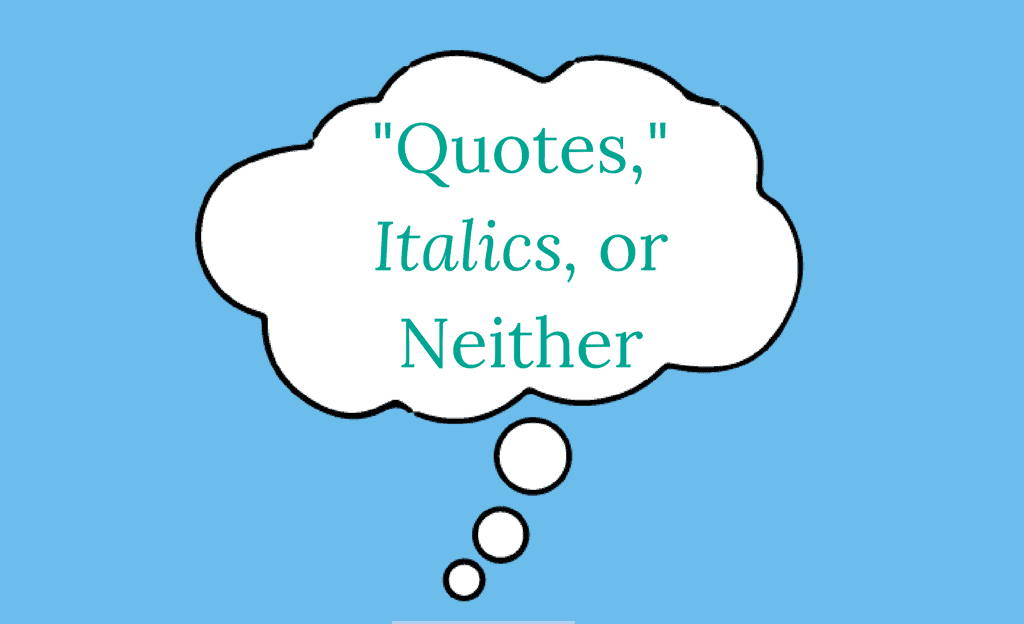The True Source of Voice

Guides for voice usually focus on diction and syntax as the main avenues to achieving voice, and it’s certainly true that messing with diction and syntax will get you some unique voice. But the true source of strong voice comes from a different source.
Stretch Tension to Maximize Suspense

Do you take us to a point of conflict and then, rather than allow us to see it play out and get all worried about the outcome, you summarize it or just resolve it quickly? Stretching tension means you lengthen the scene but also make it more gripping. Don’t push the action off-stage or rush through it. Linger on the most tense moments of the story to maximize engagement.
4 Common Failures in Story Cause/Effect

Causality governs story events. You want your story to feel authentic, believable, and seamless. You don’t want any of the events or reactions within the story to draw attention to themselves. They must be earned. This article examines common failures to earn story developments.
Formatting Character Thoughts

Is it better to format character thoughts with quote marks or italics? I say neither. No special formatting is necessary to signify character thinking. You just need some solid narration.
How to Create Story Momentum

A story with momentum makes me want to know what’s going to happen next, and makes me care about the characters, objectives, conflicts, and action.
10 Lessons from “Cat Person” on Character Interiority

Kristen Roupenian’s “Cat Person” handles character interiority masterfully. Here are 10 tips we can glean from the story.
Author, Narrator, Character

There is a distinction between author, narrator, and character.
The author creates the story.
The narrator tells the story.
The character lives the story.
These are three distinct entities, which exist on different planes.
12 Ways to Be an Invisible Writer

Once the author becomes visible, the enchantment of the story dissolves. The author is the creator of a story, but the author should never be a part of the story. The author is the man behind the curtain. Reveal the man behind the curtain and the Wizard of Oz narrative dies. What sorts of things reveal the author? Here are 12.
Action vs. Information: Convey Info without Stalling the Story

Information conveys states of mind, states of existence, but not states of affairs (unless you’re dramatizing the past via a flashback, but that’s not conveying the present-time story state of affairs). But if your information (facts, past, interiority, context) is not relevant to the story’s state of affairs, your reader is going to tune it out—or worse, come to distrust your narration.
Juggle External Action and Interiority

External refers to what’s happening outside of characters’ minds. It’s the stuff that an observer could see. You could film it pretty easily. Internal refers to what’s going on inside a character’s head: feelings and thoughts. Prose storytelling regularly informs us of characters’ interiority in ways that, say, a screenplay cannot.
